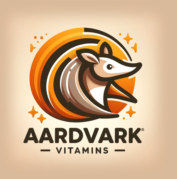Youth in Sports entails considerations around physical development, safety, skill acquisition, and the psychological well-being of young individuals engaging in sporting activities. From casual physical activity to competitive sports participation, youth sports should prioritize facilitating a safe, enjoyable, and developmentally appropriate environment that fosters physical, mental, and social development. Physical activities should be age-appropriate and consider the developmental stage of the child, ensuring that the demands of the sport are congruent with their physiological and psychological capabilities.
The benefits of sports participation for youth can be manifold, including the development of physical skills, enhancement of physical health, and the fostering of social skills and psychological attributes, such as teamwork, leadership, and resilience. However, it’s pivotal that coaches, parents, and stakeholders within youth sports ensure that the approach to training and competition is conducive to positive experiences, learning, and the holistic well-being of the young athletes. This involves considering the physical, mental, and emotional aspects of sports participation, ensuring that the experiences of young athletes are positive, supportive, and developmentally appropriate.
Moreover, the physical development of youth athletes, including aspects related to growth, maturation, and skill acquisition, necessitates a considered and knowledgeable approach to training and competition. Coaches and stakeholders should be cognizant of the unique physiological and psychological characteristics of youth athletes, ensuring that training loads, skill development, and competition are tailored to be safe, effective, and enjoyable for this demographic.
Calcium and Vitamin Dare crucial for youths engaged in sports due to their integral role in supporting bone health and physical development. Ensuring optimal intake of these nutrients supports the development and maintenance of healthy bones and joints, which is particularly pertinent during periods of growth and physical activity. Related health conditions might involve those related to bone health and joint health, for which appropriate nutritional support and a considered approach to training and physical activity can provide beneficial support and management during the developmental years.


